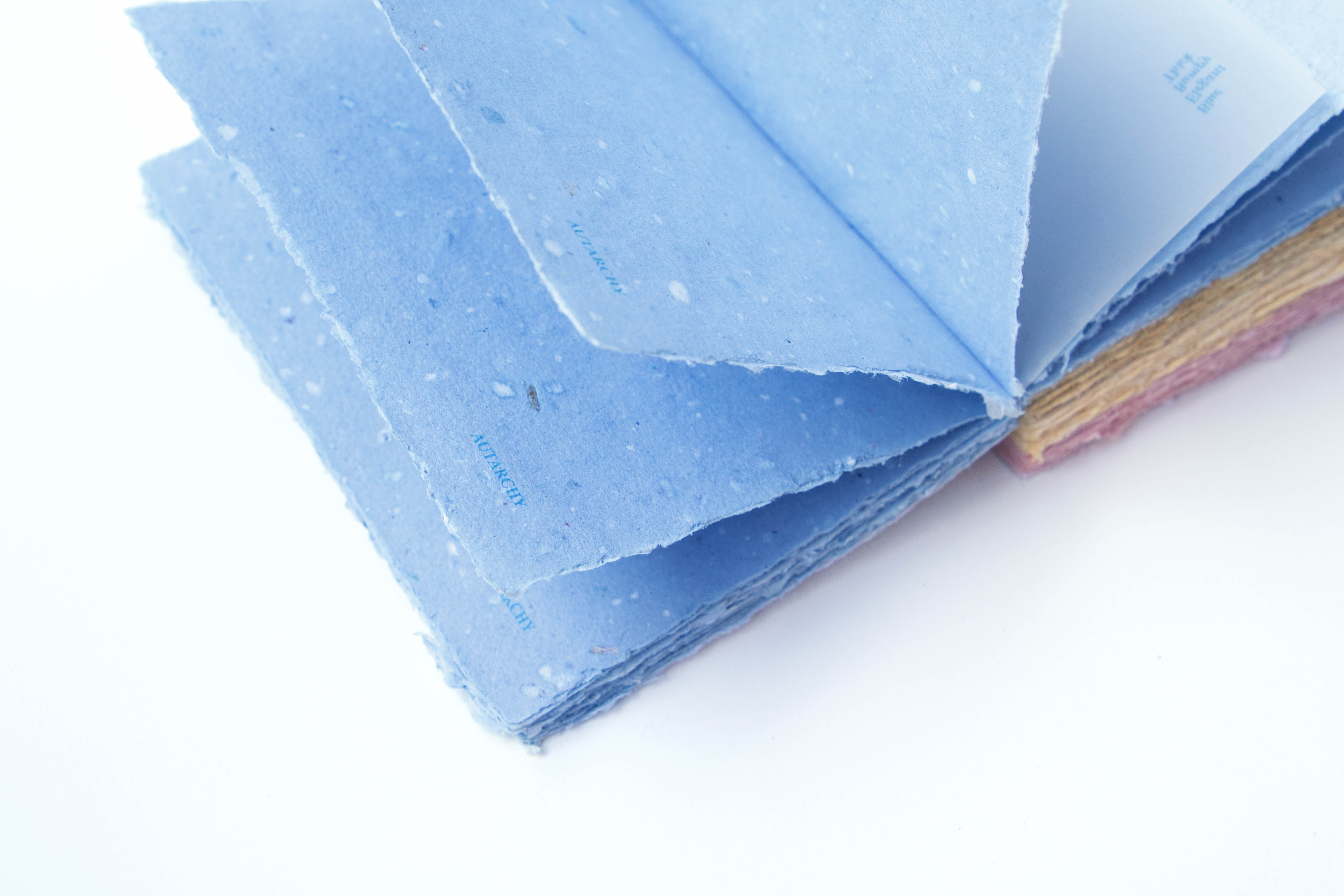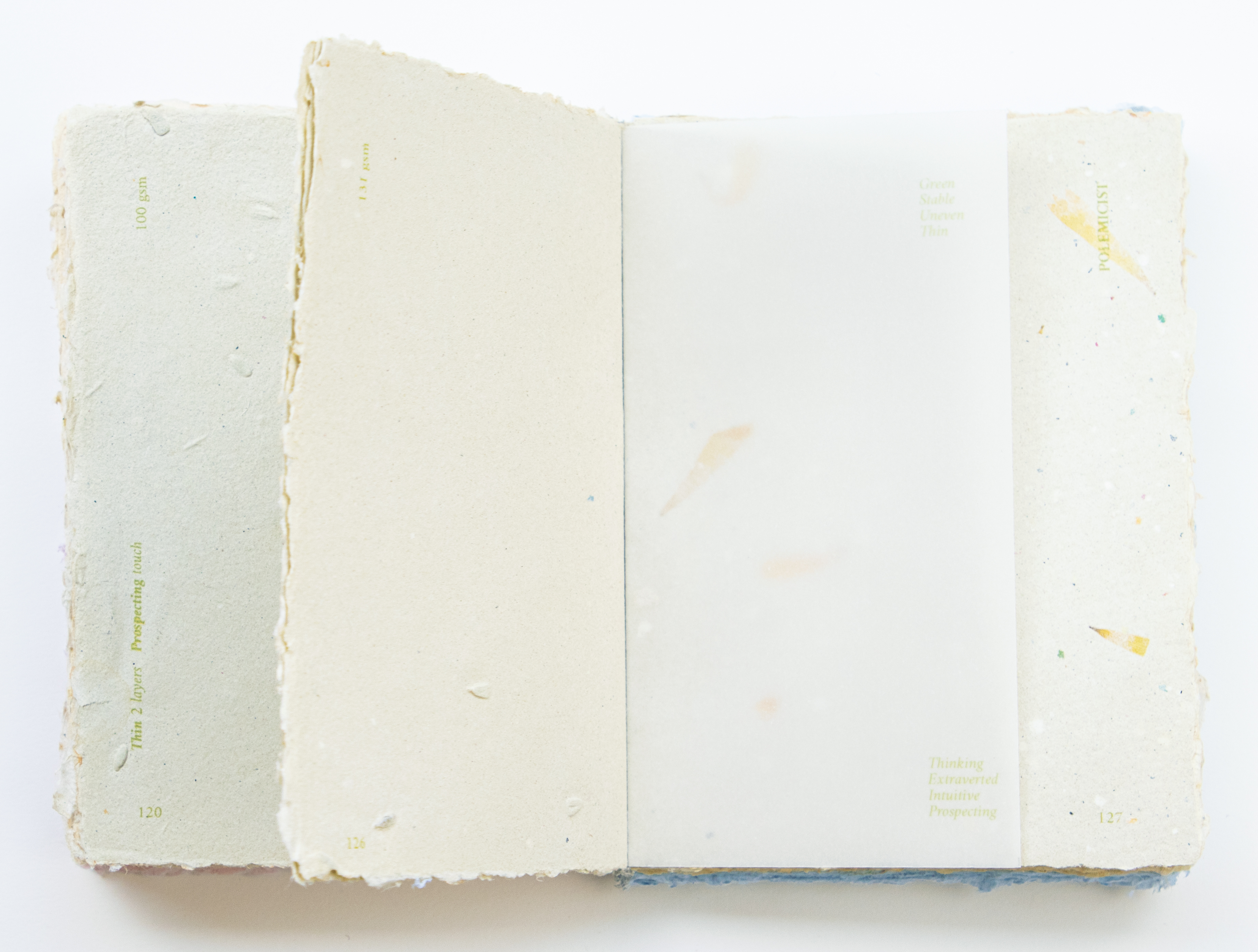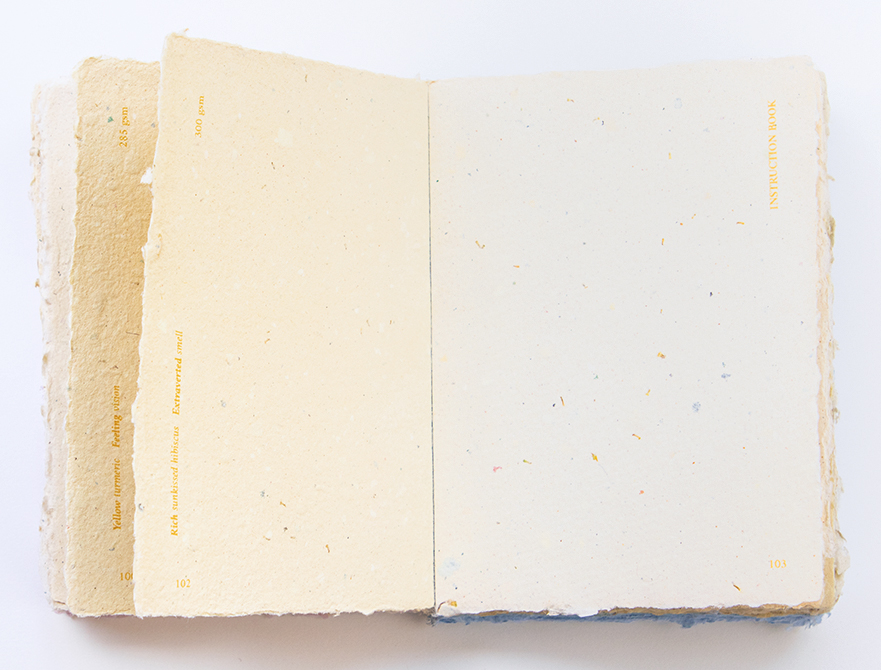I like paper, and like how the message can deliver indirectly. Because English is not my mother language, I always have difficulty expressing what I am thinking about and what I feel. Paper gives me a comfortable platform that allows me to deliver my message to others. I think the message on the paper not only the text, pictures, or images on it but also the feeling when you touch and hold the paper by hand. I do believe this feeling you get is as important as the content.
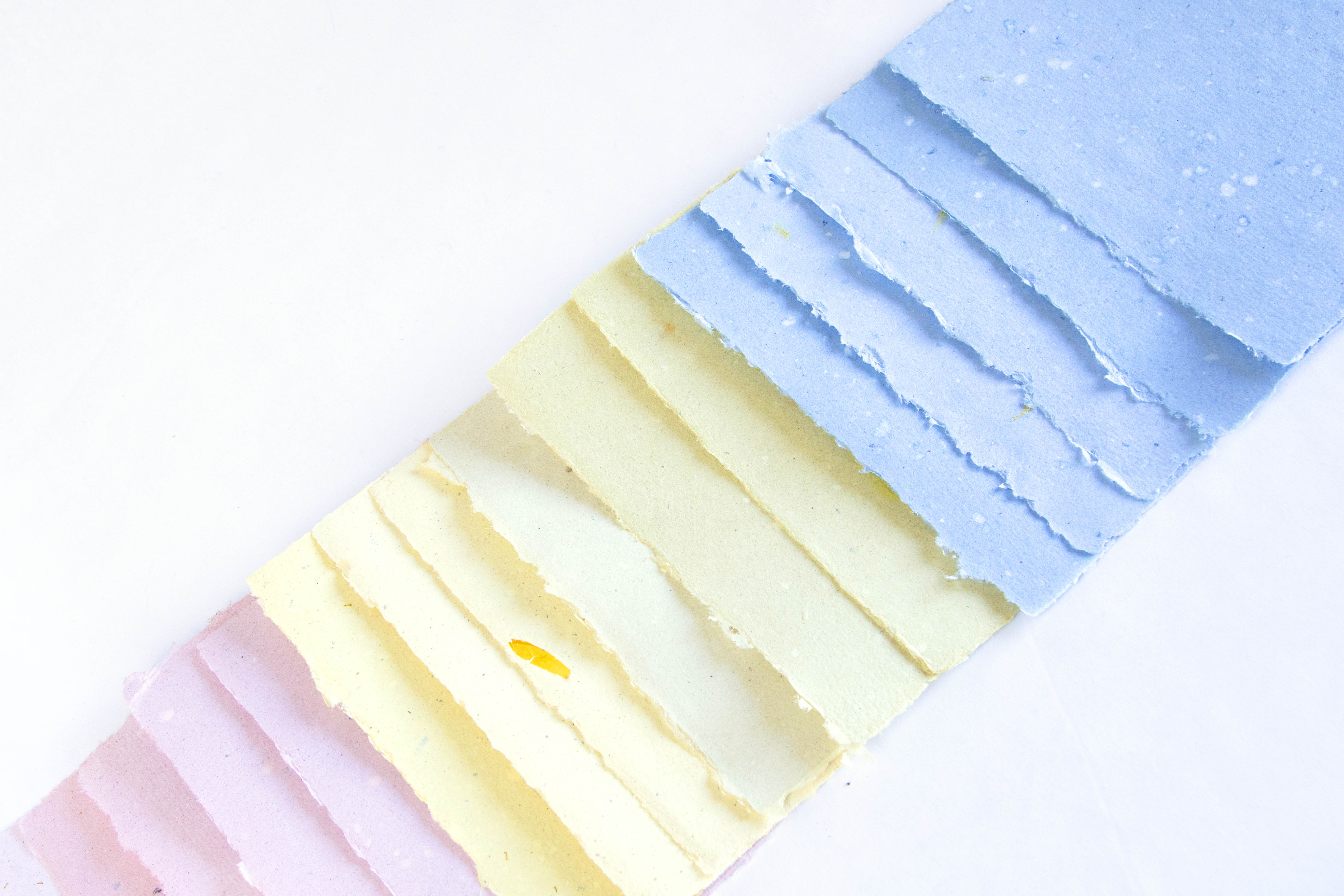

Due to those experiences, I began to think about what is the possibility of paper. Besides color, texture, and thickness, what could be another feature of paper?

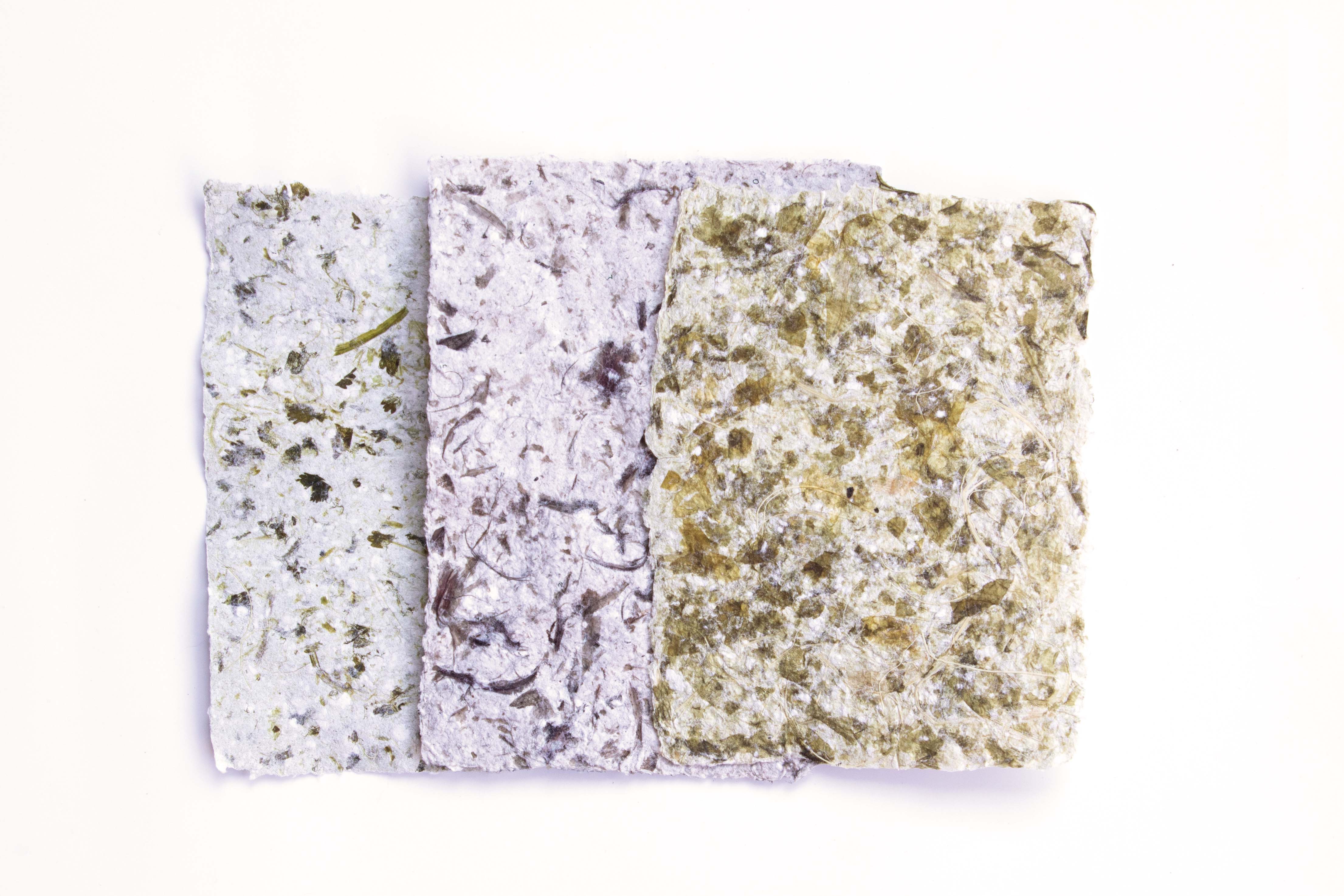
I love to observe the things around me, especially people. I understand people’s personalities by reading their actions, ways of speaking, and movement. I can quickly feel people’s emotions by how they are acting. In design, I choose paper for each project I made is similar to how I observe people by all kinds of features to detainment which paper can present the content I have. The texture, the thickness, and the color of paper create another layer of communication beyond the content I print on. By touching and observing, I created my unique perspective of design. Therefore, if the paper has its personality, just like the people around you, what will it look like?
Based on the research, I use a website called 16 personalities as my reference, which roots in two different philosophies. The personality types are based on five independent spectrums. All letters in the type code (e.g., INFJ-A) refer to one of the two sides of the corresponding spectrum.
Four personality aspects, when combined, define the personality type: Mind, Energy, Nature, and Tactics. Each of these aspects should be seen as a two-sided continuum. The percentages you would have seen after completing the test show which categories you fall under, and how strong your preferences are.
Based on this resource, I replaced four main scales representing the different senses of feeling: Smell, Touch(Texture/weight), and See. Each of these aspects should still be seen as a two-sided continuum but separated by two to four various percentages. Each percentage uses different ingredients to display different traits of personality.

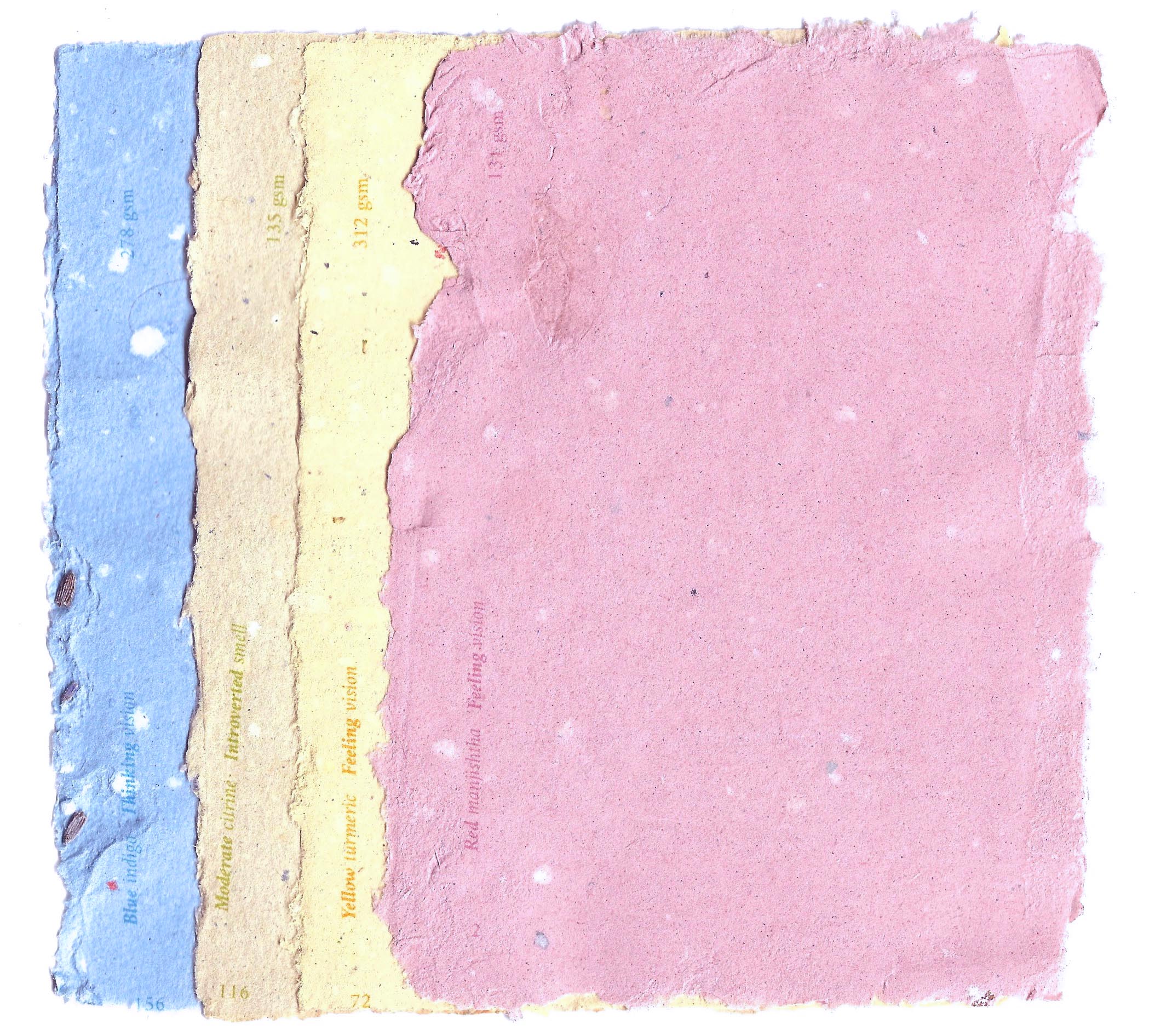
The final output is a 224 pages book with 16 different kinds of paper. Each paper has a unique character using various smells, colors, textures, and thicknesses. The content is the paper itself. I choose to put all of the contents in the page header to give the audience a space to feel the paper without distraction.
Due to the coronavirus, our thesis show went online. My project requires the audience to do a lot of closes looking and touching to get the full experience. I realized it would be a challenge actually to show people about my point of view. Therefore, I scanned all of the paper I made and made a website to narrow down the original personality test. This website gives the audience a non-tangible way to explore my papers.
